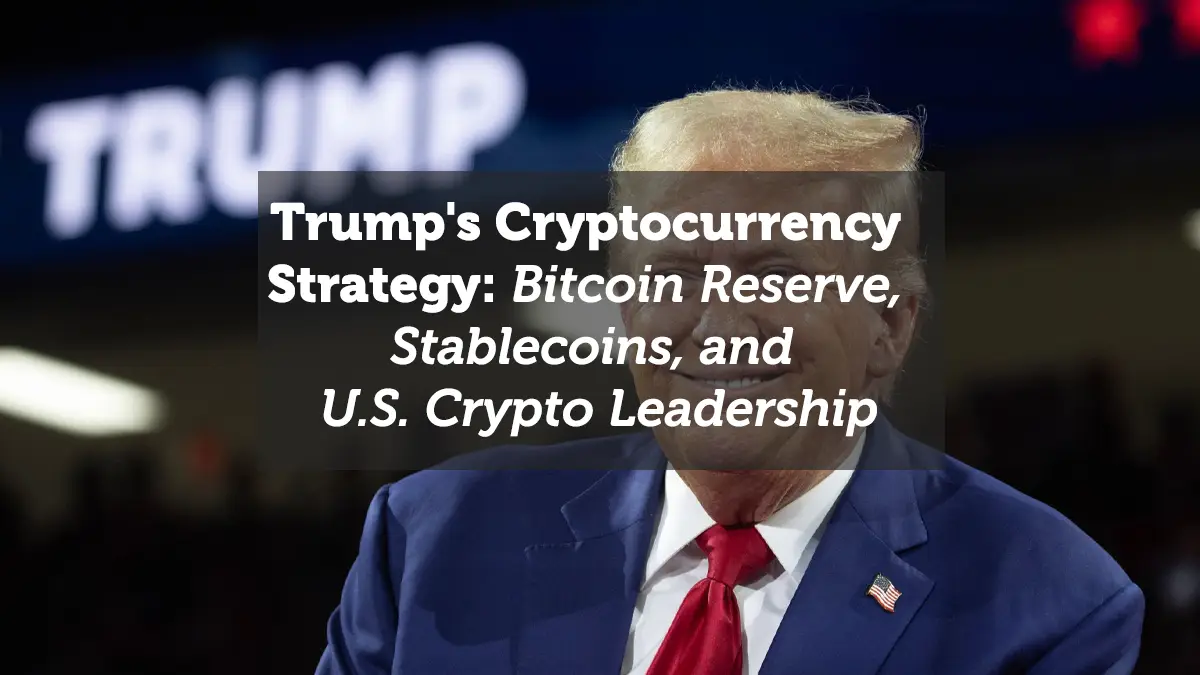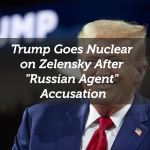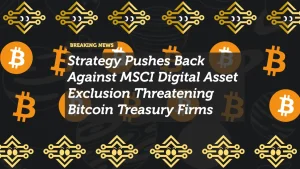
Trump’s Cryptocurrency Strategy: Bitcoin Reserve, Stablecoins, and U.S. Crypto Leadership
President Donald Trump’s administration is taking a pro-crypto approach, advocating for Bitcoin (BTC), stablecoins, and regulatory clarity while opposing a U.S. central bank digital currency (CBDC). His goal is to position the United States as the global leader in digital assets, creating a Bitcoin reserve and promoting private-sector crypto innovations.
1. Trump’s Ban on a U.S. CBDC
- Executive Order Against CBDC: The administration issued a ban on the development of a Federal Reserve-backed digital currency, citing concerns over government financial control and individual privacy.
- Support for Stablecoins: Rather than a government-controlled digital currency, Trump has endorsed stablecoins, particularly U.S. dollar-backed assets like USDT and USDC, to expand global use of the dollar in digital finance.
2. Strategic Bitcoin Reserve: A Game Changer
Trump has proposed creating a Strategic Bitcoin Reserve, treating Bitcoin as a national strategic asset similar to gold or oil reserves.
Why a Bitcoin Reserve?
- Hedging Against Inflation: Bitcoin’s fixed supply makes it a hedge against currency devaluation.
- Strengthening the U.S. Dollar’s Digital Presence: Stablecoins pegged to the dollar could help preserve U.S. financial dominance in global trade.
- Competing with China & BRICS: With China promoting its digital yuan and BRICS nations reducing reliance on the dollar, the U.S. aims to leverage Bitcoin to counterbalance global financial shifts.
How Would It Work?
- Using Seized Bitcoin: The U.S. government already holds over 210,000 BTC ($9.7 billion worth) from law enforcement seizures. Instead of auctioning, Trump’s team is considering holding these assets in a reserve.
- Government Bitcoin Purchases: There is discussion of allocating Treasury funds to buy Bitcoin, possibly through the Exchange Stabilization Fund (ESF).
Market Impact
- Bitcoin surged past $100,000 following discussions about the reserve, reflecting strong market optimism.
- Other nations may follow suit, increasing Bitcoin’s role in sovereign wealth strategies.
3. Presidential Working Group on Digital Assets
Trump’s administration has launched a Presidential Working Group on Digital Asset Markets to oversee crypto-friendly policies and develop regulations that encourage innovation.
Objectives of the Working Group:
✅ Create New Regulations: Provide legal clarity for crypto firms.
✅ Stablecoin Integration: Ensure U.S. dollar-backed stablecoins remain competitive.
✅ Protect Crypto Banking Access: Prevent regulatory discrimination against crypto businesses.
✅ Explore a Digital Asset Stockpile: Beyond Bitcoin, the U.S. may hold Ethereum and tokenized U.S. Treasuries.
4. Legislative & Regulatory Push
Key Initiatives Under Consideration:
SEC Overhaul – Appointing pro-crypto regulators to clarify securities laws.
Tax Reforms for Crypto – Reducing capital gains tax on long-term crypto holdings.
Spot Bitcoin & Ethereum ETFs – Encouraging SEC approval to allow more institutional investment.
Impact on the Crypto Industry:
- Increased institutional adoption as regulatory fears diminish.
- More businesses integrating crypto for payments and transactions.
- An expected boom in U.S.-based blockchain startups, reversing the trend of firms relocating overseas.
5. Global Reactions: A Crypto Arms Race?
If the U.S. creates a Bitcoin reserve and passes favorable regulations, other nations may respond.
Potential Global Responses:
China: Could increase restrictions on Bitcoin while pushing its digital yuan for global trade.
Russia: May accumulate Bitcoin as an alternative reserve asset amid sanctions.
European Union: Might accelerate the development of a Euro-backed stablecoin.
6. Challenges & Controversies
Political Risks – Critics argue Bitcoin is too volatile to serve as a national reserve asset.
Market Speculation – The government holding Bitcoin could create price manipulation concerns.
Banking Resistance – Large financial institutions favor traditional finance models and might oppose crypto-friendly policies.
Conclusion: A Defining Moment for U.S. Crypto Policy
Trump’s cryptocurrency strategy rejects a government-controlled CBDC, embraces Bitcoin and stablecoins, and promotes pro-crypto regulations. His goal is to make the U.S. a global hub for digital assets while countering financial competitors like China.
Key Takeaways:
✅ The U.S. government may hold Bitcoin as a strategic asset.
✅ Stablecoins are prioritized over a Federal Reserve digital currency.
✅ Regulatory clarity is improving, attracting institutional investments.
✅ The market has responded positively, with increased Bitcoin adoption.
What’s Next?
The success of Trump’s crypto policies depends on Congressional approval, execution, and global financial shifts. If successful, these efforts could reshape the future of finance, cementing the U.S. as the dominant force in digital assets.
















